Have you ever noticed how some ground beef seems to taste better than others? At Nutrafarms, we're committed to providing our customers with the highest quality meats, and we know that the processing methods used can make a big difference in the end product.
Today we're going to compare Nutrafarms grass-fed ground beef to common grocery store-variety ground beef, and show you why the difference matters to over 6000 Ontario families.
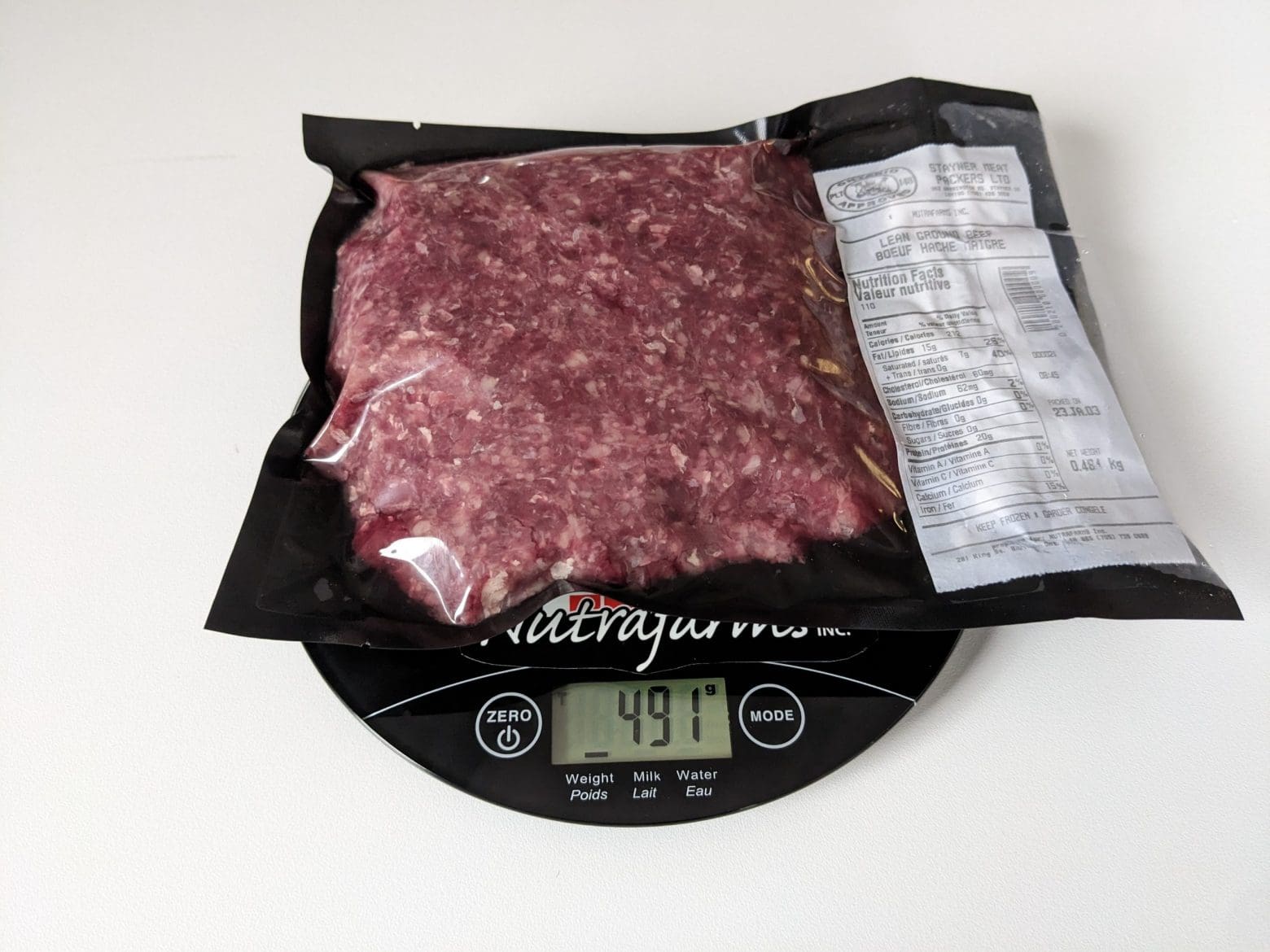
Nutrafarms Grass Fed Ground-Beef
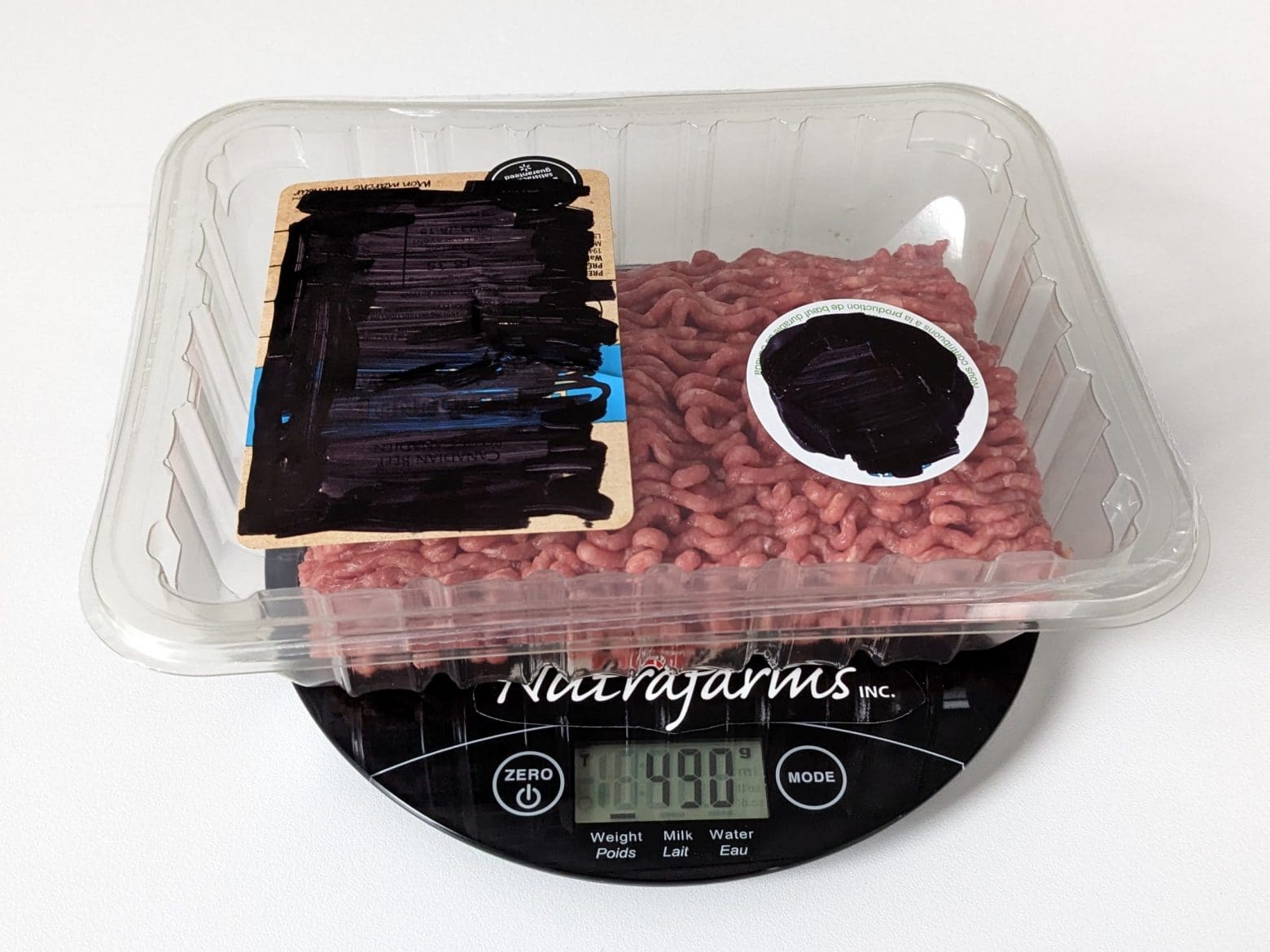
Grocery Store Ground Beef
We've all heard the phrase "you get what you pay for," but when it comes to purchasing ground beef by the pound, the difference in quality can be especially significant. Most grocery stores offer conventional ground beef that comes from cows that are factory farmed, corn-fed and finished. These cows are typically kept in overcrowded feedlots and given hormones and antibiotics to promote growth. On the other hand, Nutrafarms grass-fed ground beef comes from cows that are raised on open pastures and fed a natural grass diet.
But the difference in quality isn't just about the type of beef, it's also about the weight you're getting for your money. In this post, we'll take a closer look at the weight differences between Nutrafarms grass-fed ground beef and conventional grocery store ground beef, and explain why you're not always necessarily getting what you pay for when you purchase meat by the pound at a big name retailer.
Free-Range Grass-Fed Beef vs. Factory-Farmed Corn-Fed Beef
The quality, flavour and appearance of the beef you consume depends largely on the way the animal was raised and fed. Free-range grass-fed cattle graze on open pastures, eating their natural diet of grass, while factory-farmed cattle are confined to feedlots and fed a diet of corn and other grains. According to many experts, the difference in diet affects the flavour and nutritional content of the meat. Grass-fed beef is leaner and has a more complex, robust flavour, while corn-fed beef tends to be fattier and milder in flavour.
In addition to taste and nutrition, there are also environmental and ethical considerations when it comes to the way the cattle are raised. Factory farms often rely on antibiotics and other medications to keep their cattle healthy in cramped conditions, which can contribute to the development of antibiotic-resistant bacteria. On the other hand, free-range grass-fed cattle live in more natural and humane conditions, with plenty of space to roam and graze, reducing the need for antibiotics and other interventions.
Choosing grass-fed beef from a local farmer not only supports sustainable and ethical farming practices, but also provides a healthier and more flavourful product for you and your family to enjoy.
Dry-Aging vs. Wet-Aging Beef
The way that beef is aged can also affect its flavour and texture. Dry-aging is the traditional method of aging beef, where the meat is hung in a cool, dry place for several weeks, allowing natural enzymes to break down the muscle fibres and tenderize the meat. This process intensifies the flavour and creates a more tender texture.
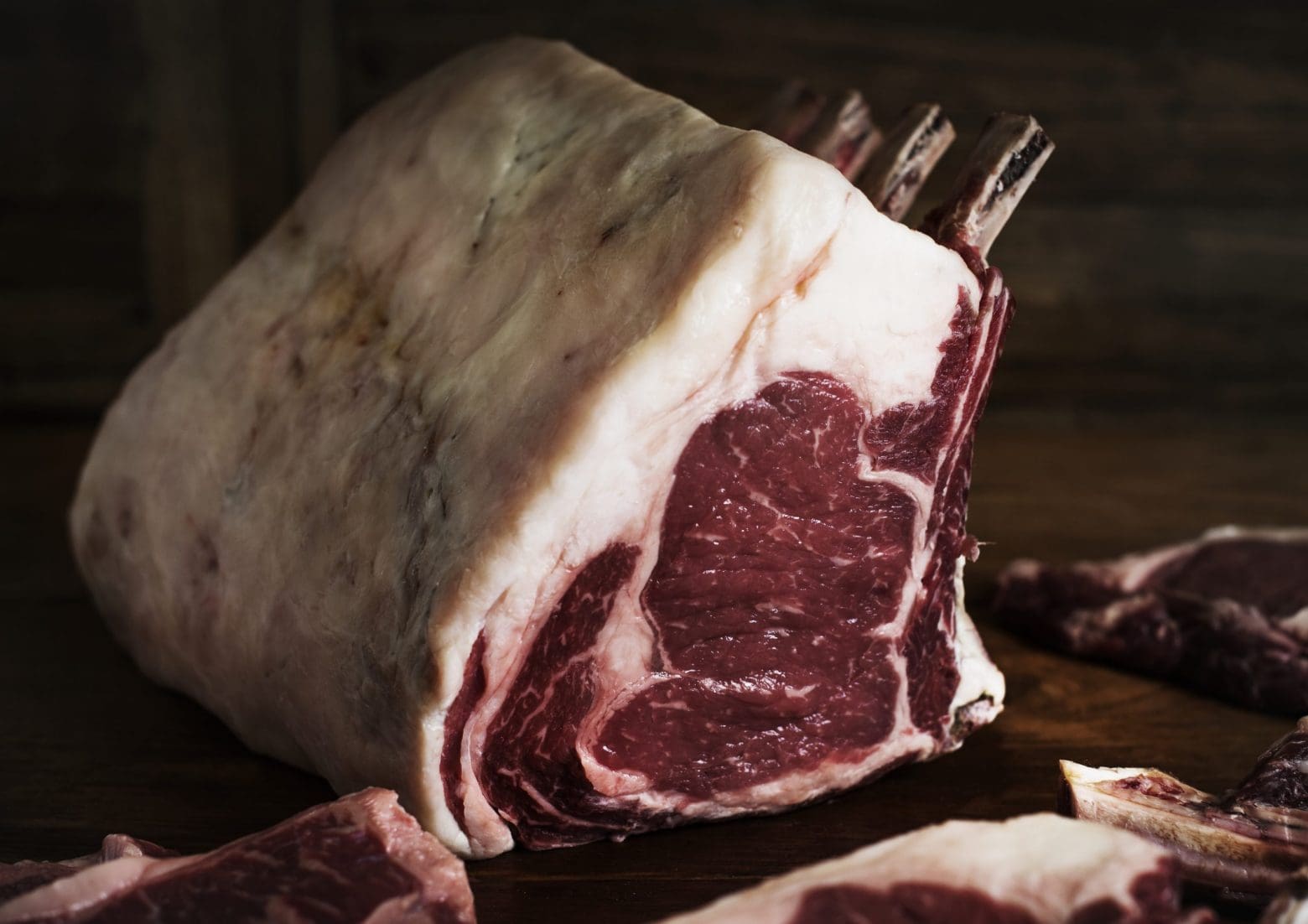
Wet-aging, on the other hand, involves vacuum-sealing the beef in plastic and aging it in its own blood and juices. While this process is faster and cheaper, it doesn't have the same tenderizing effect as dry-aging and doesn’t give the beef the same depth of flavour. The meat also retains a lot of excess water weight, which is then unknowingly sold to consumers by the pound.
When it comes to dry-aging vs. wet-aging, Nutrafarms believes that dry-aging is the way to go. We dry-age all of our beef for a minimum of 21 days, allowing for the full development of flavour and tenderness. By comparison, most grocery store beef is wet-aged for only a few days or not at all, which can result in a less flavourful and less tender product that in the long-run ends up costing you much more money.
The Experiment
To demonstrate the difference between Nutrafarms grass-fed ground beef and grocery store ground beef, we conducted an experiment. We cooked approximately 1lb of each type of beef side-by-side in a frying pan. We then tracked weights of both products at different points throughout the process. The results were eye-opening to say the least!
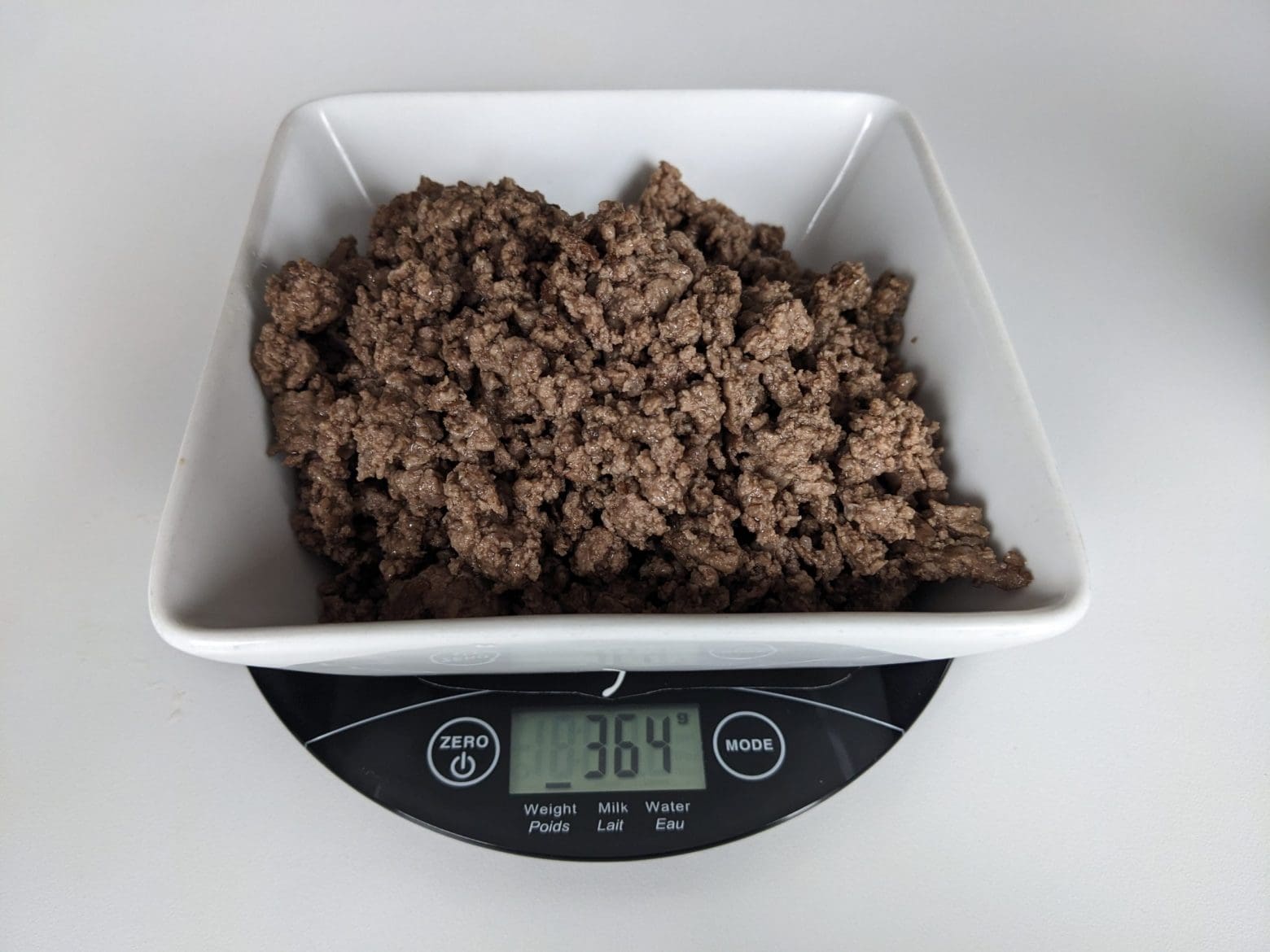
Nutrafarms Ground Beef Cooked Weight = 364g
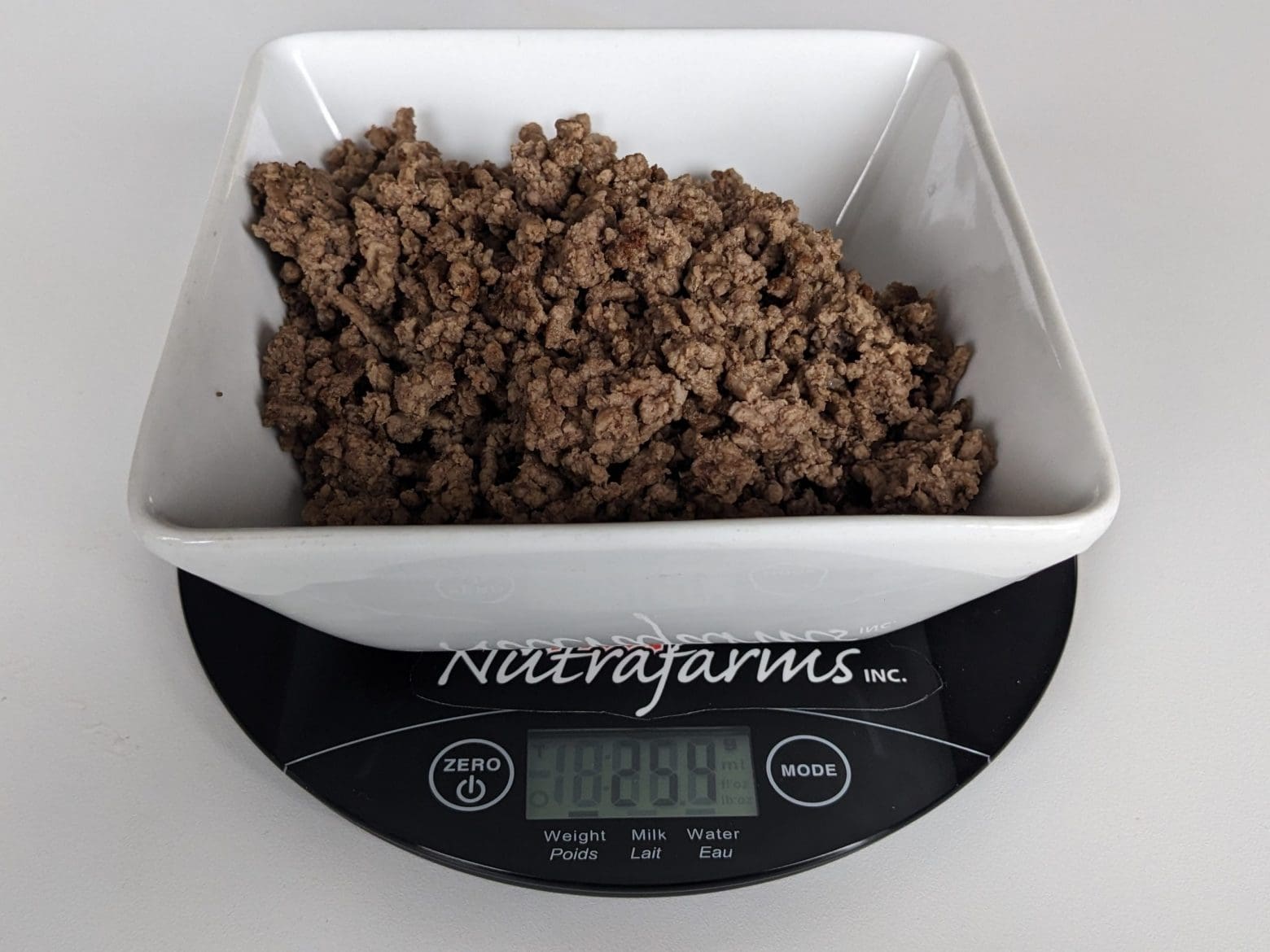
Grocery Store Ground Beef Cooked Weight = 254g
The Results
Here's a breakdown of the results of our experiment:
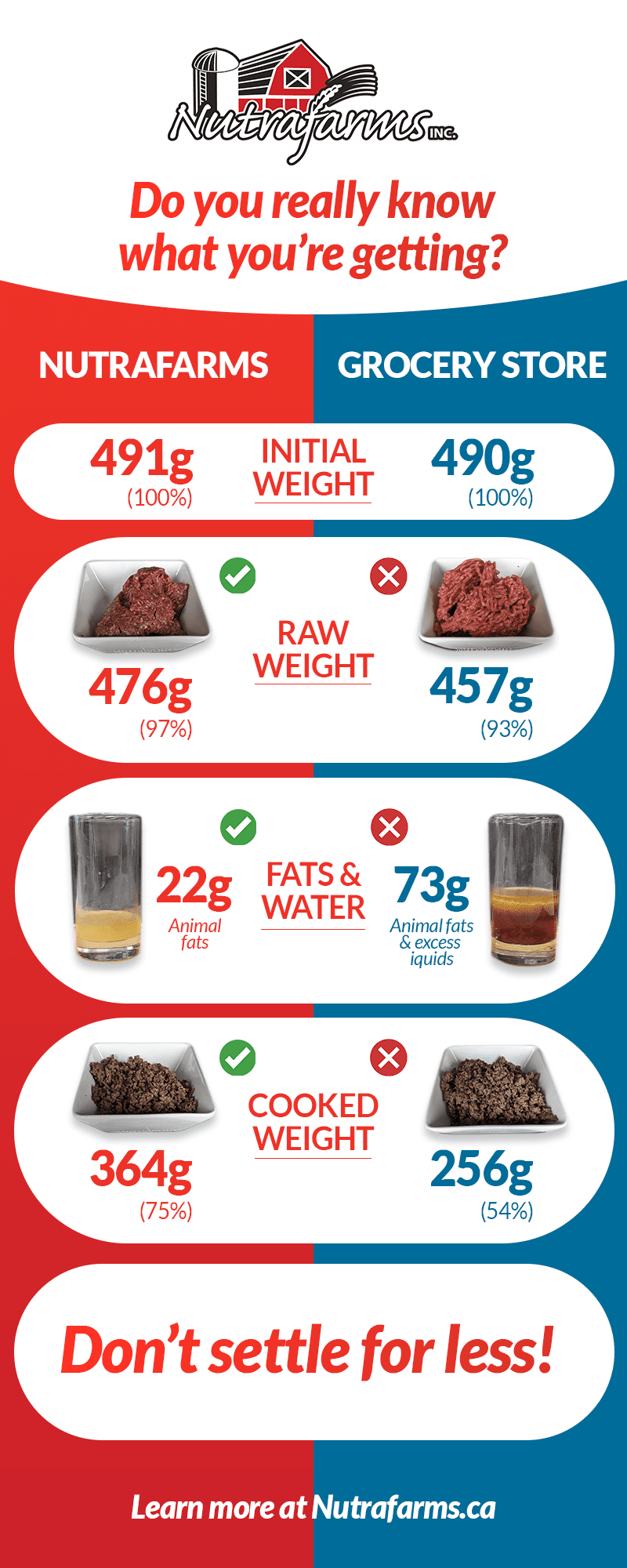
We believe the results of our comparison speak for themselves. Despite starting with similar raw weights, the final cooked weight of the grocery store ground beef was significantly lower than that of the Nutrafarms grass-fed beef. This means that consumers are often paying for a considerable amount of water weight when purchasing grocery store ground beef. In contrast, the Nutrafarms beef retained significantly more of its original weight.
But weight isn't the only factor to consider. The difference in liquid loss also translates to a difference in flavour and nutritional content. When excess liquid is lost during cooking, so are the nutrients and flavours that the liquid contains. By retaining more of its original weight and releasing less liquid during cooking, the Nutrafarms grass-fed beef is not only better for your bank account, but also a more nutrient-dense and flavourful option, giving you much more bang for your buck.
In Conclusion
We believe that the quality of the food you eat matters. At the end of the day, choosing the right beef is about more than just taste. It's about supporting responsible farming practices and prioritizing your health. By choosing Nutrafarms grass-fed beef, you're not only getting a superior product for a better price, but you're also supporting local farmers who are committed to raising animals in an ethical and sustainable way.



